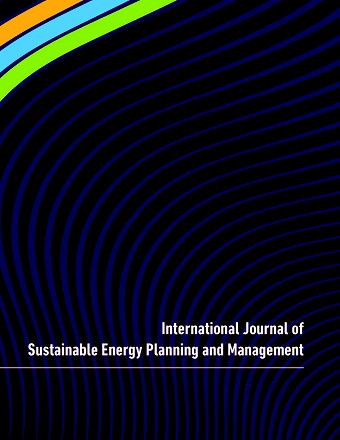Energy system transformation for attainability of net zero emissions in Thailand
Main Article Content
Abstract
This study analyzed energy and technological implications in the energy sector to attain net zero emissions in Thailand by 2050. The study used AIM/Enduse, a bottom-up type energy system model, as an analytical tool. A business-as-usual and a net zero emission scenario are analyzed. Net zero emission scenarios are assessed in terms of net zero greenhouse gas emissions (NZE-GHG). Results show that the GHG emissions from the energy sector in the BAU would reach 635 MtCO2e in 2050. Decarbonization of the energy sector and transition towards net zero emission by 2050 in Thailand would require rapid deployment of renewable energy sources like solar, wind and biomass. In net zero scenario, installed capacity of solar PV and wind for power generation in 2050 would reach 64 GW and 40 GW, respectively. In addition, this study assesses the role of green hydrogen in achieving net zero target. The 200 GW solar capacity would be required to produce green hydrogen for decarbonizing the transport, industrial as well as power sector. The high carbon sequestration from LULUCF sector in Thailand will make it possible to reach net zero emission with carbon dioxide capture and storage (CCS) technology in the energy sector. Additional bioenergy or CCS technologies will need to be deployed in the power sector if the renewables cannot be deployed to the desirable extent.
Article Details
Articles published in International Journal of Sustainable Energy Planning and Management are following the license Creative Commons Attribution-NonCommercial-NoDerivs 3.0 Unported (CC BY-NC-ND 3.0)
Authors retain copyright and grant the journal right of first publication with the work simultaneously licensed under a Creative Commons Attribution License: Attribution - NonCommercial - NoDerivs (by-nc-nd). Further information about Creative Commons
Authors can archive post-print (final draft post-refereering) on personal websites or institutional repositories under these conditions:
- Publishers version cannot be stored elsewhere but on publishers homepage
- Published source must be acknowledged
- Must link to publisher version

